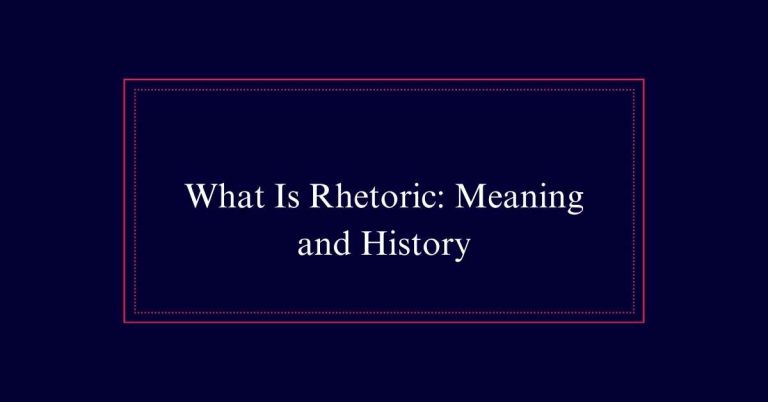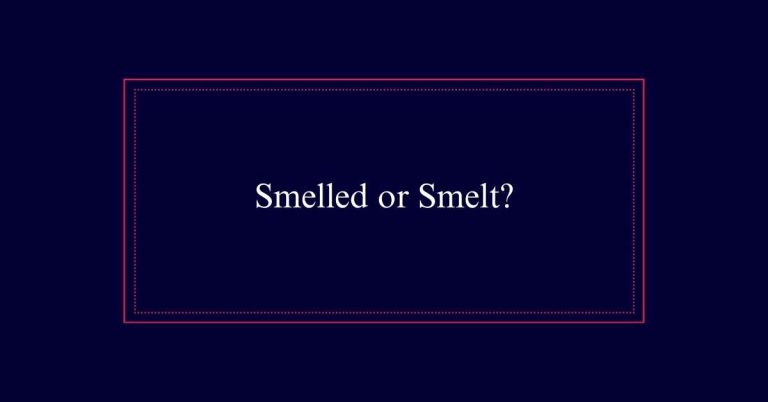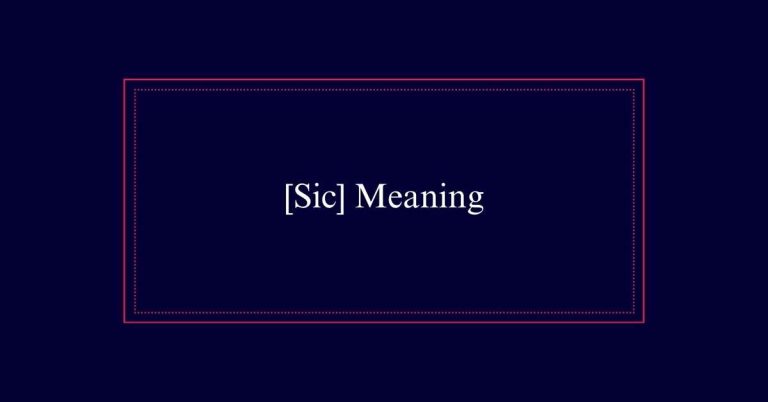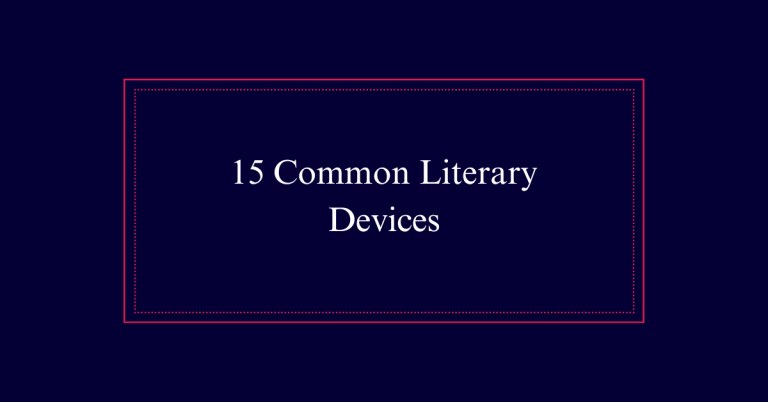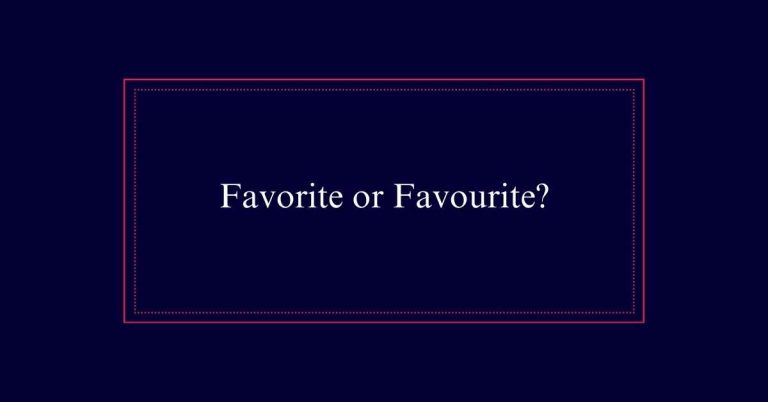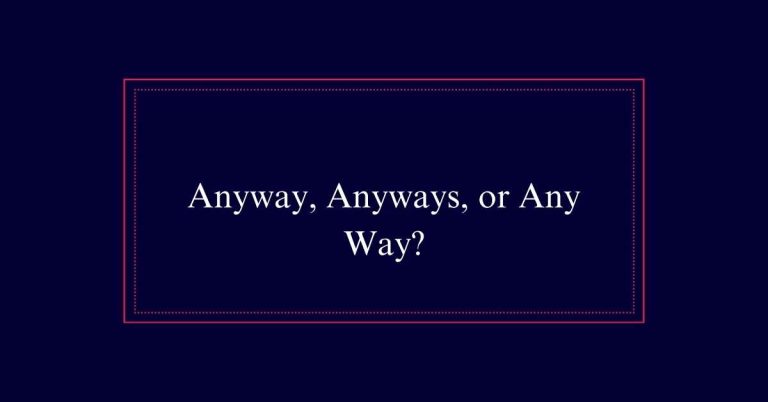What Does Lol Mean?
‘LOL’ stands for ‘laugh out loud’ and originated in the 1980s. Initially used to indicate genuine laughter, it has evolved in digital communication to convey mild amusement, sarcasm, or as a conversational filler. By the 1990s, it became a staple in internet lexicons. Today, ‘lol’ serves various purposes and enhances the tone and relatability of messages. It’s an efficient tool for expressing emotions with brevity. However, its interpretation can vary based on context and tone.
Origin of ‘lol’
The acronym ‘lol’ originated in the 1980s, emerging from early electronic communication. It stands for ‘laugh out loud’ or ‘laughing out loud.’ Initially, it was used in chat rooms and online forums to convey genuine laughter.
The acronym quickly gained popularity as a way to express amusement in a concise manner. By 1993, ‘lol’ had become a common fixture in the lexicon of internet users. Its simplicity and effectiveness guaranteed its widespread adoption.
Over time, ‘lol’ has become a versatile expression, often used to indicate slight amusement or acknowledgment rather than outright laughter. Its origins reflect the early days of digital communication, where brevity and speed were paramount in conveying emotions.
Evolution of ‘lol’
Over the years, ‘lol’ has transformed from a literal depiction of laughter to a more nuanced expression of amusement. Initially, ‘lol’ was used to signify genuine laughter, reflecting a strong reaction to humor. However, its meaning has evolved, now often representing mild amusement or acknowledgment rather than actual laughter. This shift reflects broader changes in how digital communication conveys emotions.
| Time Period | Meaning of ‘lol’ |
|---|---|
| 1980s-1990s | Literal laughter |
| 2000s | Mild amusement |
| Present | Nuanced expression, varied |
Today, its usage is more flexible, adapting to different contexts and tones. Understanding this evolution is essential for interpreting digital interactions accurately. The flexibility of ‘lol’ allows it to bridge gaps in online communication, making it an essential tool for conveying emotions.
Modern Usage
In today’s digital landscape, ‘lol’ has taken on a versatile role in everyday communication. It no longer strictly signifies genuine laughter. Instead, it serves various purposes in text conversations, enhancing the tone and relatability of messages.
Its usage has broadened to include expressions of mild amusement, sarcasm, or even as a simple filler to soften statements.
- Mild Amusement: Used to acknowledge a funny or light-hearted comment.
- Sarcasm: Employed to convey irony or humor in a subtle manner.
- Filler: Adds a casual tone to conversations, making them feel more personable.
‘Lol’ as Interjection
‘Lol’ serves as an interjection to convey immediate reactions of amusement or acknowledgment in digital conversations. Typically, it signals that the sender finds something funny or remarkable. Its usage is widespread in text messages, social media, and online forums. The interjection helps communicate feelings quickly without needing detailed explanations.
In many cases, ‘lol’ indicates a lighthearted response rather than genuine laughter. It can soften the tone of a message, making it more friendly and relatable. Despite its simplicity, ‘lol’ effectively bridges gaps in digital communication, where nonverbal cues are absent.
‘Lol’ in Written Form
The written form of ‘lol’ has become a staple in digital communication, signaling amusement with just three letters. It is widely used in text messages, social media, and emails to convey light-heartedness or a smile. Its brevity and simplicity make it an efficient tool for expressing emotion.
Despite its widespread use, the interpretation of ‘lol’ can vary. Understanding the context is essential for accurate communication. This small acronym continues to evolve in our digital lexicon.
- Versatility: ‘Lol’ can fit various contexts, from casual chats to informal emails.
- Ease of use: It requires minimal typing effort, making it convenient for quick replies.
- Emotional nuance: Depending on context, ‘lol’ can indicate anything from mild amusement to sarcasm.
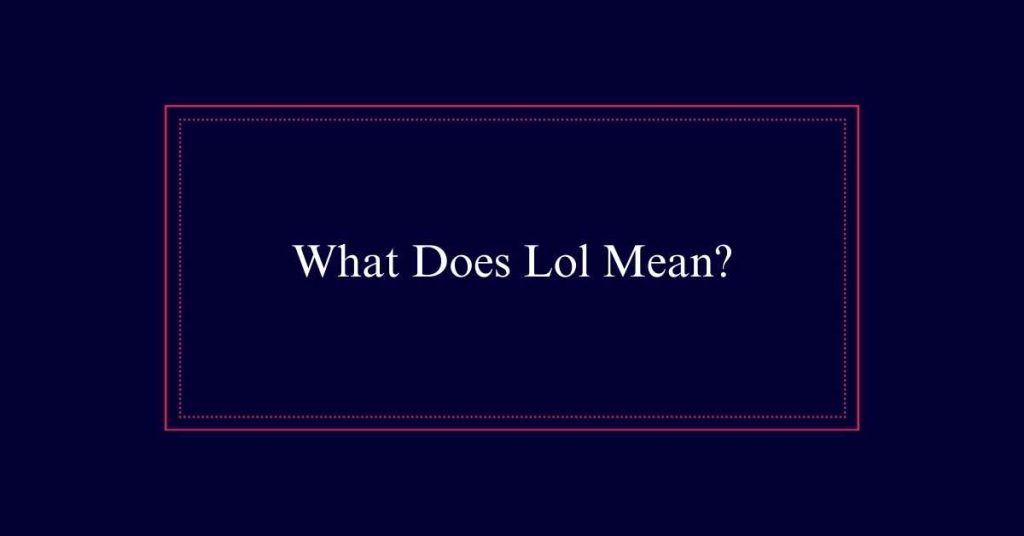
‘Lol’ in Spoken Language
Expanding beyond its written form, ‘lol’ has also found its way into spoken language, creating an interesting blend of digital and verbal communication. This phenomenon highlights how digital expressions can influence everyday speech. People often use ‘lol’ in conversations to signal light-heartedness or to soften remarks. It serves as a verbal cue, indicating humor or reducing tension. Despite its origins in text, ‘lol’ has become a shorthand for expressing amusement without the need for actual laughter.
| Situation | Usage Example | Purpose |
|---|---|---|
| Casual Chat | “That was hilarious, lol.” | Indicate amusement |
| Softening Critique | “Your presentation was long, lol.” | Lighten the tone |
| Expressing Humor | “I forgot my keys, lol.” | Show humor |
| Acknowledging Joke | “Good one, lol.” | Acknowledge humor |
Example Scenarios
Often, ‘lol’ is used in everyday digital conversations to convey humor or lighten the mood. Here are some example scenarios illustrating its usage:
- Casual Chats: Friends might use ‘lol’ to acknowledge a funny comment. For instance, ‘I just tripped over my own feet, lol.’
- Social Media: People often reply with ‘lol’ to humorous posts or memes. For example, ‘This cat video is hilarious, lol!’
- Text Messages: In text exchanges, ‘lol’ can soften the tone of a message. Such as, ‘I can’t believe I forgot my keys again, lol.’
Interpretations of ‘lol’
Interpretations of ‘lol’ can vary greatly depending on the context and the individuals involved. Over time, ‘lol’ has evolved to convey a range of emotions, from genuine laughter to simple acknowledgment. The tone and familiarity between communicators can shift its meaning greatly. Below, a table outlines various interpretations of ‘lol’ in different contexts:
| Context | Interpretation |
|---|---|
| Text with close friend | Genuine amusement |
| Formal work email | Unprofessional, rarely used |
| Social media comment | Light-heartedness |
| Text from an acquaintance | Politeness, mild amusement |
| Text during serious discussion | Attempt to lighten mood |
Cultural Differences
Cultural differences greatly influence how ‘lol’ is understood and used in various social settings. In some cultures, ‘lol’ is viewed as a casual, friendly expression, while in others, it might be seen as less appropriate. The interpretation of ‘lol’ can vary considerably based on regional norms and communication styles.
For example:
- Western cultures often use ‘lol’ to indicate light-heartedness and humor.
- Asian cultures may use different expressions, like ‘www’ in Japan, reflecting laughter.
- Generational differences also affect how ‘lol’ is perceived and utilized.
Communication Impact
The widespread use of ‘lol’ has greatly influenced the dynamics of online communication. It has become an essential tool that transcends language barriers. Its versatility allows users to quickly convey amusement, making conversations feel more informal and friendly.
However, the subjective nature of ‘lol’ can lead to misunderstandings. What one person might intend as light-hearted, another might perceive as insincere or dismissive. Despite these potential pitfalls, ‘lol’ enhances the tone of messages, making them more engaging. It fosters a sense of camaraderie and connection in digital interactions.
Understanding the context and nuances of ‘lol’ is vital for effective communication, helping to make sure that the intended meaning is accurately conveyed.
Frequently Asked Questions
How Is ‘Lol’ Different From Other Internet Acronyms Like ‘Rofl’ or ‘Lmao’?
Lol’ signifies light amusement, while ‘rofl’ (rolling on the floor laughing) and ‘lmao’ (laughing my ass off) indicate more intense laughter. The latter two suggest a stronger emotional response compared to the more versatile ‘lol.’
Can ‘Lol’ Be Used in Professional Emails or Workplace Communication?
Using ‘lol’ in professional emails or workplace communication is generally inappropriate. It can undermine the professionalism and clarity of your message. Opt for more formal language to guarantee effective and respectful communication in professional settings.
Are There Any Formal Alternatives to Using ‘Lol’ in Writing?
For formal writing, alternatives to ‘lol’ include phrases like ‘that was amusing,’ ‘I found that humorous,’ or simply ‘funny.’ These options maintain professionalism while effectively conveying amusement or light-heartedness in the communication.
What Is the Etymology of ‘Lol’?
The acronym ‘lol’ originated in the 1980s, first appearing in early electronic communications. By 1993, it gained popularity as a shorthand for “laugh out loud.” Over time, ‘lol’ has evolved to signify various levels of amusement.

